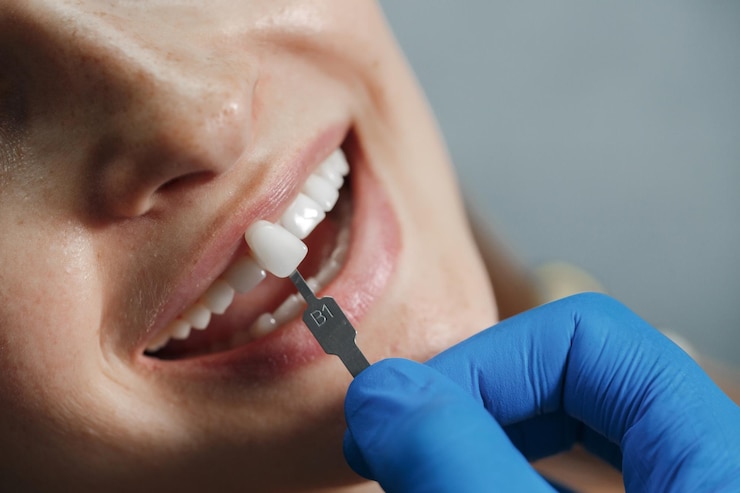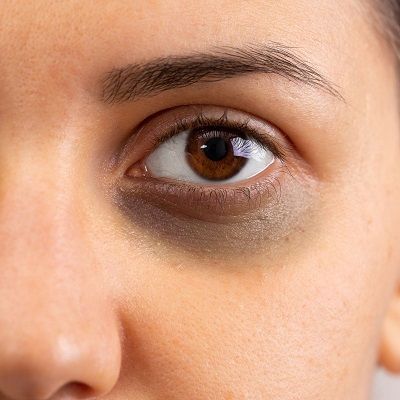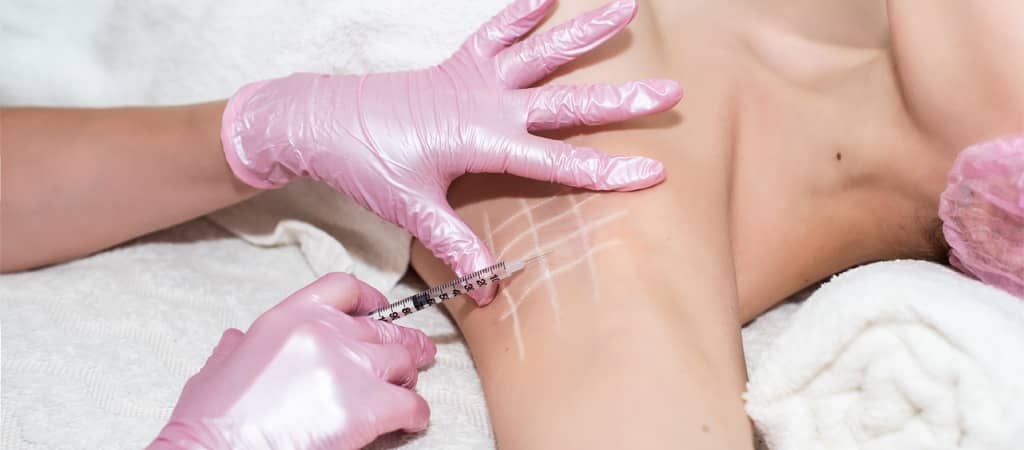 Topic Cluster Planning – Boost Topical Authority Like a Pro!
Topic Cluster Planning – Boost Topical Authority Like a Pro!
How to Remove Skin Tags on Inner Thigh: Safe Solutions
Written by dynamic clinic » Updated on: November 19th, 2024

Skin tags, or acrochordons, are benign growths of skin that can appear anywhere on the body, including sensitive areas like the inner thigh. While they are harmless, many people choose to remove them for cosmetic reasons or due to discomfort caused by friction. If you're looking for safe solutions to How to Remove Skin Tags on Inner Thigh, this guide provides a comprehensive overview.
Understanding Skin Tags
Skin tags are small, soft, and usually flesh-colored or slightly darker than your skin tone. They can vary in size and often appear in areas where skin rubs against skin or clothing. While they are not cancerous and generally do not cause any health issues, their presence can be bothersome for some individuals.
Safe Removal Solutions
When considering removal methods, safety should be a top priority. Here are some of the safest and most effective solutions for removing skin tags on the inner thigh:
1. Over-the-Counter (OTC) Treatments
Several OTC products are available specifically for skin tag removal. These can be effective for small skin tags and are generally safe when used as directed.
Cryotherapy Kits: These products freeze the skin tag, causing it to fall off over time. They typically contain a freezing agent that you apply directly to the skin tag.
Usage: Follow the instructions carefully. Usually, you will need to apply the freezing agent for a specified duration.
Effectiveness: Many users see results within a few days to a week.
Topical Solutions: These usually contain ingredients designed to dry out the skin tag.
Usage: Apply the topical solution as directed, often a couple of times a day.
Effectiveness: While some people experience success, results can vary widely.
2. Ligation
Ligation is a simple method that involves tying off the skin tag with a piece of dental floss or string. This cuts off its blood supply, causing it to fall off over time.
How to Perform:
Use a clean piece of dental floss or string.
Tie it tightly around the base of the skin tag. Ensure it's snug enough to cut off circulation but not so tight that it causes pain.
Effectiveness: This method can be effective for smaller skin tags, and they may fall off within a few days to weeks.
3. Cryotherapy
Cryotherapy can also be performed by a healthcare professional. This involves freezing the skin tag with liquid nitrogen, effectively removing it.
Professional Cryotherapy: Conducted in a clinical setting, this method ensures safety and effectiveness. The skin tag is frozen with liquid nitrogen, leading to its eventual removal.
Effectiveness: Most skin tags fall off within a few days after treatment, and the procedure is generally quick and relatively painless.
4. Electrocautery
Electrocautery involves using a small electric current to burn off the skin tag. This method is safe when performed by a healthcare professional.
Procedure: The area is typically numbed with a local anesthetic before the procedure. The healthcare provider then uses an electric current to remove the skin tag.
Effectiveness: This method is quick and usually results in minimal scarring.
5. Surgical Excision
For larger or more bothersome skin tags, surgical excision may be necessary. This method involves cutting away the skin tag using a sterile scalpel.
Procedure: This is typically performed in a medical setting under local anesthesia to ensure comfort.
Effectiveness: Surgical excision is very effective, providing immediate results with minimal risk of regrowth.
6. Laser Treatment
Laser treatment is a precise method for removing skin tags that utilizes focused light energy to vaporize the tag.
Procedure: Conducted by a trained healthcare provider, this method minimizes damage to surrounding tissue.
Effectiveness: The skin tag usually falls off within a week, and there is minimal risk of scarring.
Aftercare for Skin Tag Removal
Proper aftercare is essential for ensuring optimal healing and minimizing complications:
Keep the Area Clean: Gently wash the area with mild soap and water to prevent infection.
Avoid Irritation: Wear loose-fitting clothing to reduce friction on the inner thigh.
Monitor for Signs of Infection: Be vigilant for increased redness, swelling, or pus. If any of these symptoms occur, consult a healthcare provider.
Follow Professional Advice: If a healthcare provider performed the removal, attend any follow-up appointments and adhere to their aftercare instructions.
When to Seek Medical Attention
You should consult a healthcare provider if:
The skin tag changes in appearance, such as size, shape, or color.
You experience pain, bleeding, or irritation from the skin tag.
Multiple skin tags develop rapidly.
You are unsure if the growth is a skin tag or something else, such as a mole or wart.
Conclusion
Removing skin tags from the inner thigh can be done safely and effectively through various methods. Whether you choose to use an OTC treatment, seek professional help, or opt for natural remedies, it's crucial to prioritize safety and consult a healthcare provider if you have any concerns. By understanding your options, you can choose the best solution for your needs and enhance your comfort and confidence.
Note: IndiBlogHub features both user-submitted and editorial content. We do not verify third-party contributions. Read our Disclaimer and Privacy Policyfor details.
Copyright © 2019-2025 IndiBlogHub.com. All rights reserved. Hosted on DigitalOcean for fast, reliable performance.














